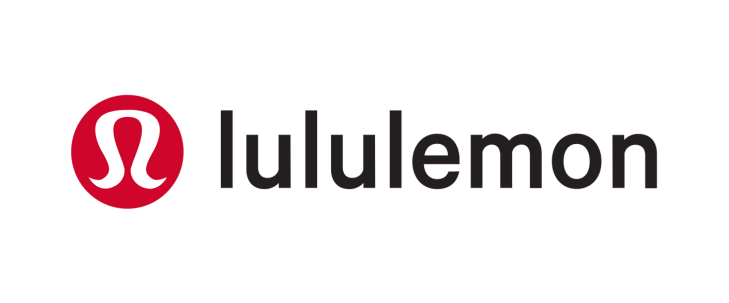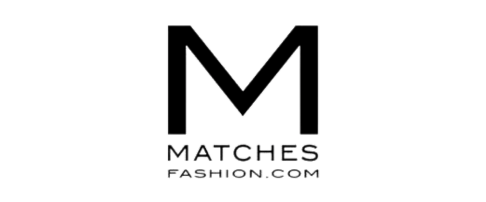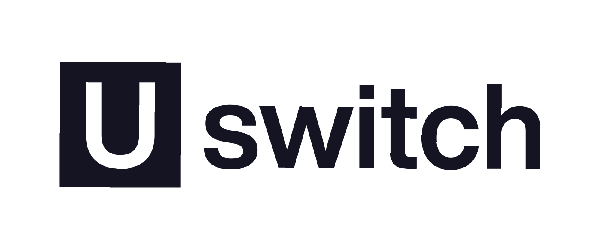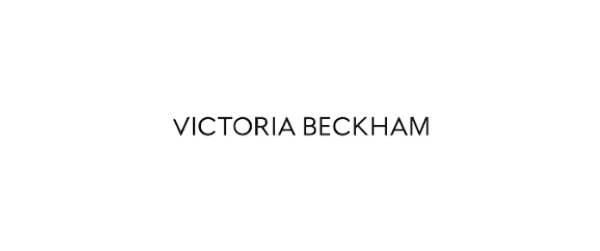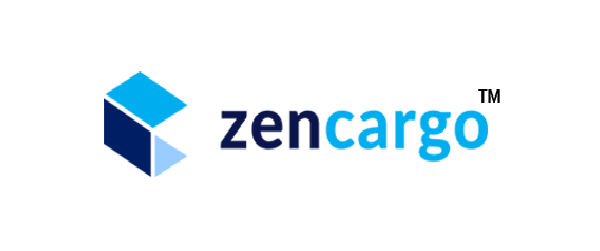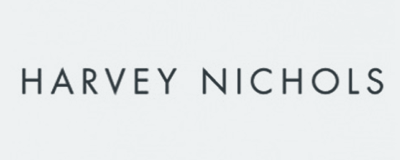Employee Engagement Models You Can Implement Today
Employee engagement is a measure of how happy and motivated employees are with their work. It is important for the company to have high levels of employee engagement, because it can lead to higher levels of productivity.
Some of the reasons why employees might be unhappy in their job can include: lack of clarity about what they are expected to do, lack of opportunities for growth, a toxic work environment, or insufficient compensation.
There are many ways that employers can improve employee engagement. Some ways include: feedback sessions, team building exercises and rewarding good performance with bonuses or promotions. Employee engagement models can also be great tools to use.
This blog will explore some of the models and theories, and will discuss three employment engagement models- Maslow, AON Hewitt and Kahn.
Employee engagement models are blueprints for how to create a culture of engagement in an organisation. The model is the implementation of policies, managerial strategies and leadership behaviours that makes employees feel valued.
It is not just about creating a happy workforce, but also about getting them to perform at their best. Additionally, making sure that employees have the right tools, opportunities and support they need to do their jobs well.
Where the fundamentals of employee engagement are the same and revolve around the same pillars, it is important to remember that different businesses will require different models and strategies.
The Key Pillars
The key pillars are:
The capacity to engage: training support from management, growth, development and collaboration.
Reason to engage: respect, appreciation, recognition and autonomy
Freedom to engage: freedom to be creative, freedom to be innovative, job satisfaction and pride
Alignment: coordination between the organisation and individual, employees having an understanding of the mission and vision of the company, and employers understanding their employees’ intent and future plans/goals.
Maslow’s Model
Maslow’s hierarchy of needs is a theory in psychology that says people are motivated to satisfy their most basic needs first before they can focus on more complex needs. This theory has been used in the workplace to understand what motivates employees. It is based on the idea that people will not be able to progress to the next level of hierarchy until their lower-level needs have been satisfied.
The hierarchy of needs is often used as a framework for understanding employee motivation and engagement.
AON Hewitt’s Model
AON Hewitt is a global leader in human resources consulting, outsourcing and insurance. Established over 100 years ago, they are constantly seeking to help customers improve the performance of their workforce.
AON Hewitt has identified six key drivers that can help employees to be more engaged at work:
-A key understanding of what is expected of them
-A sense of control over their day to day work
-The opportunity to learn new skills and put them into practice
-Feedback on how they are doing
-Recognition of a job well done, either from colleagues or managers
-The opportunity to use their strengths everyday
Kahn
The Kahn model is a framework for understanding what it takes to engage an audience. It is based on the idea that engagement comes from feelings not thoughts, and that it is a result of three psychological conditions. These conditions are:
-Attention: The first condition is attention. Attention can be defined as the amount of time someone pays to something or how much they focus on it.
-Involvement: The second condition is involvement, which can be defined as the level of emotional connection someone has with something or how important they think it is to them.
Interaction: The third condition is interaction, which can be defined as the level of control someone has over something or how much they are able to interact with it.
The conclusion of this article is not to follow these models blindly, but to use them as guidelines for your own success. However adopting a model that has been proven is more likely to bring about significant and lasting change and will save you a lot of time.
If you’d like to find out more on how employee engagement models can help you and your organisation, please contact us via [email protected]
